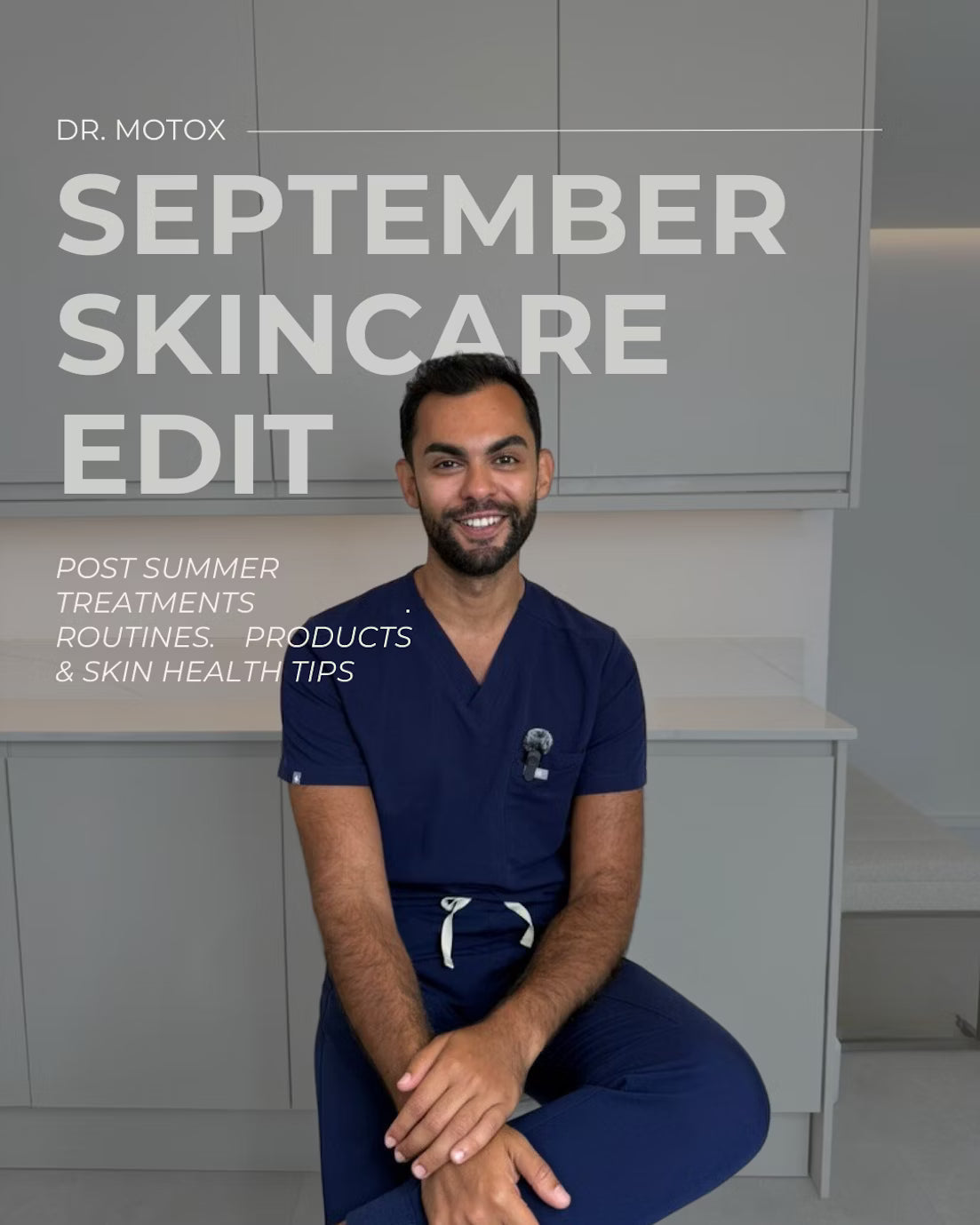With the popularity of injectable fillers on the rise, people are increasingly seeking treatments to maintain a youthful look without going under the knife. However, with this demand comes a phenomenon known as “filler blindness,” where patients lose perspective on when enough is enough, resulting in what’s often referred to as “pillow face”—an overly filled look where the face appears puffy or distorted. In this post, we’ll explore what filler blindness and pillow face are, why they happen, and how to achieve natural, balanced results that enhance, rather than alter, your appearance.
What is Filler Blindness?
Filler blindness isn’t about actual blindness; instead, it’s about losing the ability to recognise when filler treatments have gone too far. Gradual enhancements, if unchecked, can lead to patients becoming so accustomed to their fuller look that they no longer perceive when their face has reached an unnatural or exaggerated state. In extreme cases, this overuse can lead to a puffy, overly plumped appearance—commonly called “pillow face.”
Understanding ‘Pillow Face’
Pillow face refers to the outcome when too much filler has been added to certain areas of the face, resulting in an overly rounded, swollen, or puffy appearance. This occurs most often in the cheeks, but can also impact other areas like the jawline, lips, and temples. With pillow face, the face loses its natural contours and balance, and the person can end up with a permanently ‘puffed-up’ look that lacks definition.
How Does Filler Blindness Happen?
-
Gradual Enhancements Over Time: When small amounts of filler are repeatedly added over time, patients may not notice the gradual shift toward a more exaggerated look. This often leads to a false sense of “normal,” causing them to seek even more filler.
-
Distorted Self-Perception: As patients grow accustomed to a fuller appearance, their perception of beauty can shift, making them feel that their natural appearance is lacking. This often leads them to want more filler to achieve the look they now see as “normal.”
-
External Influences: Social media and aesthetic trends often promote a fuller, more dramatic look, influencing expectations and making it tempting for patients to keep adding more.
-
Lack of Proper Guidance: Aesthetic treatments require a deep understanding of facial anatomy and balance. If a practitioner prioritises excessive filling without advising on restraint, it can lead to over-treatment, resulting in filler blindness and pillow face.
The Importance of Balance in Filler Treatments
Balanced filler treatments can subtly enhance your natural beauty while preserving your unique facial contours. Here’s why balance and moderation are key:
- Enhancing, Not Changing: Fillers should be used to highlight and enhance your existing features, not to create a dramatically different look. An experienced practitioner will focus on subtle changes that enhance your beauty.
- Facial Harmony: A well-trained practitioner will maintain harmony by ensuring that all areas of the face are treated proportionately. Adding filler to one area without considering the rest can throw the face out of balance.
- Preventing ‘Pillow Face’: Practitioners with a restrained, holistic approach will avoid the puffy, unnatural look that comes with too much filler, giving you a more youthful but natural appearance.
Preventing Filler Blindness and Pillow Face
-
Choose a Qualified, Experienced Practitioner: Selecting a practitioner with extensive experience and an artistic eye for natural results is crucial. Look for someone who prioritises balance and facial harmony over excessive volume.
-
Set Realistic Goals: Before getting fillers, consider what you want to achieve and why. Discuss these goals with your practitioner so that you’re both aligned on a natural outcome.
-
Take Breaks and Re-Evaluate: Regularly stepping back to assess your results, especially after each session, can help prevent over-treatment. Comparing current photos with pre-treatment ones can be useful to check for changes over time.
When It’s Time to Stop or Reverse Filler
If you’re finding that more filler seems necessary after each session, it might be time to reconsider. In cases where filler blindness or pillow face has already set in, it’s possible to dissolve hyaluronic acid fillers with an enzyme called hyaluronidase, which can help restore a more natural look. Reversal is a careful process that should only be done by skilled professionals.
Conclusion
Filler blindness and pillow face are real risks in the aesthetics world, but they can be avoided with a balanced, thoughtful approach to beauty. By choosing a qualified practitioner who values natural results and understands the importance of restraint, you can enjoy the benefits of fillers without overdoing it. At our clinic, we’re committed to enhancing your natural beauty, ensuring you leave looking refreshed, radiant, and true to yourself.
Interested in learning more about balanced, natural aesthetics? Book a consultation with us to discuss how we can help you achieve the look you desire without compromising on harmony and balance.








